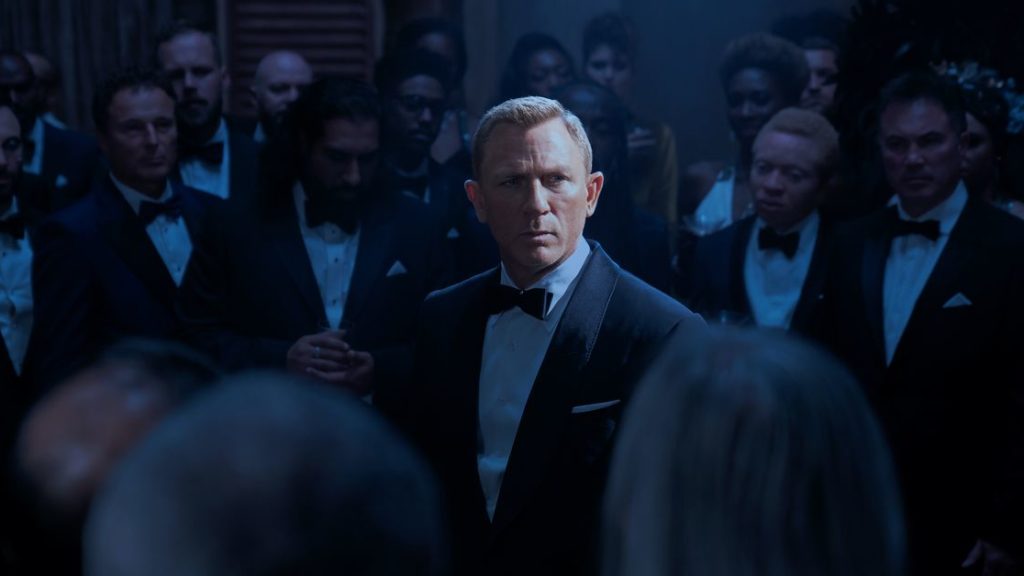So of course the new take that circulated in the wake of the latest installment in the series is that 2021’s No Time to Die is the Bond movies’ equivalent of Avengers: Endgame.
That claim does feel completely correct, in that No Time To Die closes out an era, as the final movie where longtime series star Daniel Craig plays James Bond.
That was 15 years ago, before the MCU retrofitted our idea of a blockbuster hero into a one-size-fits-all quipmeister who saves the day while being relatively good-natured, and definitely not sleeping with anyone.
Even Deadpool, modern cinema’s most recognized bad boy, is more adorable than anarchic.
This late-game reveal of the Craig era’s Big Bad was clearly an attempt to unnecessarily tie the Craig entries together into one overarching narrative, while presenting Blofeld as some sort of Thanos figure for the franchise, even though the character was Thanos-ing long before Josh Brolin snapped his purple fingers.
A rewatch of the Bond franchise, and some contextual research done during the movies’ more missable moments , reveals just how the creators behind any given Bond movie have always been reactive, both to Bond’s previous adventure, and to whatever else was succeeding in the marketplace.
No released in 1962, the Vatican condemned it as “a dangerous mixture of violence, vulgarity, sadism, and sex.” Sean Connery’s Bond, with his murdering, gambling, and hairy, hairy sexiness, is a far cry from that year’s Oscar winner for Best Actor, Gregory Peck as Atticus Finch in To Kill a Mockingbird.
1967’s You Only Live Twice must have seemed like the old, crusty Goliath to the David-esque New Hollywood wave of Bonnie and Clyde, The Graduate, Cool Hand Luke, and In Cold Blood.
It’s notable for being the first series entry to give James Bond a soul, but that makes perfect sense, given the cultural context, in a time dominated by anti-war sentiment over the conflict in Vietnam.
Bond flitted from Blaxploitation in Live and Let Die to kung fu in The Man With the Golden Gun, then topped it with Moonraker, a blatant 1979 capitalization on the success of 1977’s Star Wars.
Even 1977’s The Spy Who Loved Me feels like a rebuttal to the criticism that Moore couldn’t do a Bond film with the scale and style of Goldfinger or You Only Live Twice.
After Moore came Timothy Dalton, whose cold-blooded killer Bond feels as alien opposite Moore’s as Pierce Brosnan’s Moore/Connery synthesis Bond would feels next to Dalton’s.
At the same time, viewers can elevate the series’ highs as rapturous instances of cinematic kismet, where the trends of the time and the tastes of whoever had the keys to the Aston Martin combined to produce a Skyfall, a Casino Royale, a Goldfinger, or an On Her Majesty’s Secret Service.
Decades from now, No Time to Die will just be another cinematic time capsule in a series full of them, an example of the franchise showing us where blockbuster filmmaking was in the year 2021.
